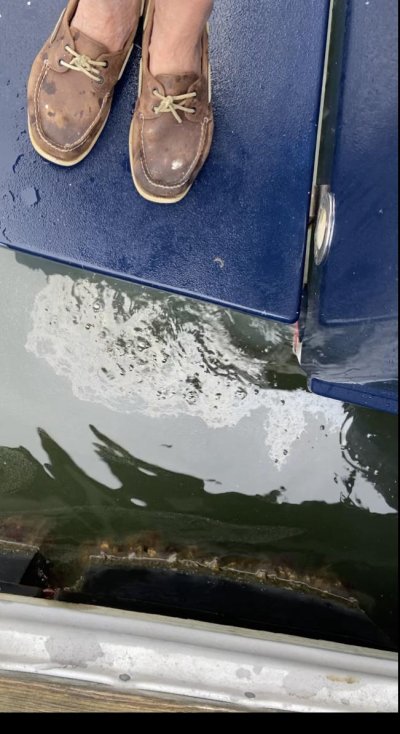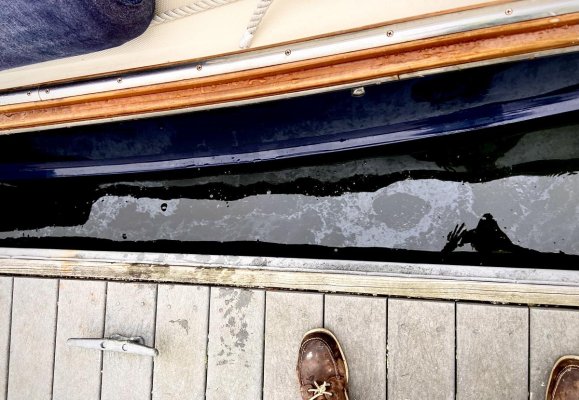API diesel oil ratings
Here is a table fromthe American Petroleum Institute on Diesel Oil Ratings
API note: Follow your vehicle manufacturer’s recommendations on oil performance levels.
Listing below is in order of newest to older. API table columns are Category, Status (Current or Obsolete), and Service.
CK-4 Current API Service Category CK-4 describes oils for use in high-speed four-stroke cycle diesel engines designed to meet 2017 model year on-highway and Tier 4 non-road exhaust emission standards as well as for previous model year diesel engines. These oils are formulated for use in all applications with diesel fuels ranging in sulfur content up to 500 ppm (0.05% by weight). However, the use of these oils with greater than 15 ppm (0.0015% by weight) sulfur fuel may impact exhaust aftertreatment system durability and/or oil drain interval. These oils are especially effective at sustaining emission control system durability where particulate filters and other advanced aftertreatment systems are used. API CK-4 oils are designed to provide enhanced protection against oil oxidation, viscosity loss due to shear, and oil aeration as well as protection against catalyst poisoning, particulate filter blocking, engine wear, piston deposits, degradation of low- and high-temperature properties, and soot-related viscosity increase.[/U] API CK-4 oils exceed the performance criteria of API CJ-4, CI-4 with CI-4 PLUS, CI-4, and CH-4 and can effectively lubricate engines calling for those API Service Categories. When using CK-4 oil with higher than 15 ppm sulfur fuel, consult the engine manufacturer for service interval recommendations.
CJ-4 Current For high-speed four-stroke cycle diesel engines designed to meet 2010 model year on-highway and Tier 4 non-road exhaust emission standards as well as for previous model year diesel engines. These oils are formulated for use in all applications with diesel fuels ranging in sulfur content up to 500 ppm (0.05% by weight). However, the use of these oils with greater than 15 ppm (0.0015% by weight) sulfur fuel may impact exhaust aftertreatment system durability and/or drain interval. API CJ-4 oils exceed the performance criteria of API CI-4 with CI-4 PLUS, CI-4, CH-4, CG-4 and CF-4 and can effectively lubricate engines calling for those API Service Categories. When using CJ-4 oil with higher than 15 ppm sulfur fuel, consult the engine manufacturer for service interval.
CI-4 Current Introduced in 2002. For high-speed, four-stroke engines designed to meet 2004 exhaust emission standards implemented in 2002. CI-4 oils are formulated to sustain engine durability where exhaust gas recirculation (EGR) is used and are intended for use with diesel fuels ranging in sulfur content up to 0.5% weight. Can be used in place of CD, CE, CF-4, CG-4, and CH-4 oils. Some CI-4 oils may also qualify for the CI-4 PLUS designation.
CH-4 Current Introduced in 1998. For high-speed, four-stroke engines designed to meet 1998 exhaust emission standards. CH-4 oils are specifically compounded for use with diesel fuels ranging in sulfur content up to 0.5% weight. Can be used in place of CD, CE, CF-4, and CG-4 oils.
CG-4 Obsolete CAUTION: Not suitable for use in most diesel-powered automotive engines built after 2009.
CF-4 Obsolete CAUTION: Not suitable for use in most diesel-powered automotive engines built after 2009.
CF-2 Obsolete CAUTION: Not suitable for use in most diesel-powered automotive engines built after 2009. Two-stroke cycle engines may have different lubrication requirements than four-stroke engines, so the manufacturer should be contacted for current lubrication recommendations.
CF Obsolete CAUTION: Not suitable for use in most diesel-powered automotive engines built after 2009. Later “C” category oils are usually suitable or preferred for diesel automotive engines for which “CF” oils were specified. Older equipment and/or two-stroke diesel engines, especially those calling for monograde products, may however require “CF” category oil.
CE Obsolete CAUTION: Not suitable for use in most diesel-powered automotive engines built after 1994.
CD-II Obsolete CAUTION: Not suitable for use in most diesel-powered automotive engines built after 1994.
CD Obsolete CAUTION: Not suitable for use in most diesel-powered automotive engines built after 1994.
CC Obsolete CAUTION: Not suitable for use in most diesel-powered engines built after 1990.
CB Obsolete CAUTION: Not suitable for use in most diesel-powered engines built after 1961.
CA Obsolete CAUTION: Not suitable for use in most diesel-powered engines built after 1959.
Note that the API says that the current top rated CK-4 oil can replace CH-4 and CI-4, which were the top ratings when our Yanmar and Volvo engines were built.
Both Exxon Mobil 1 and Shell Rotella 15W40 full synthetic information pages recommend their oils for newer and older diesel engines, and both note certification for Volvo VDS-4 rating - Volvo's newest, highest rating (I have a Volvo engine). When I wrote Volvo America corporate office about synthetic oil, their only reply to me said that they recommend using Volvo products. Exxon Mobil 1 synthetic info sheet noted "fully backward compatable" including older heavy duty diesel engines.
Shell Rotella's 15W40 T6 information sheet has interesting graphs comparing oil performance for wear, oxidation, etc., against partial synthetic and non-synthetic Rotella products - pretty amazing improvement. Both Shell and Exxon synthetic oil information sheets are interesting reading. Also worth reading are articiles from STLE - the Society of Tribology and Lubrication Engineers, which includes at least one article on marine engines. (One was enough for me - way over my head.)
Of course, changing to synthetic oil might not help the oil sheen issue for your Yanmar, but perhaps this information will be useful for TF folks curious about synthetic oil.



